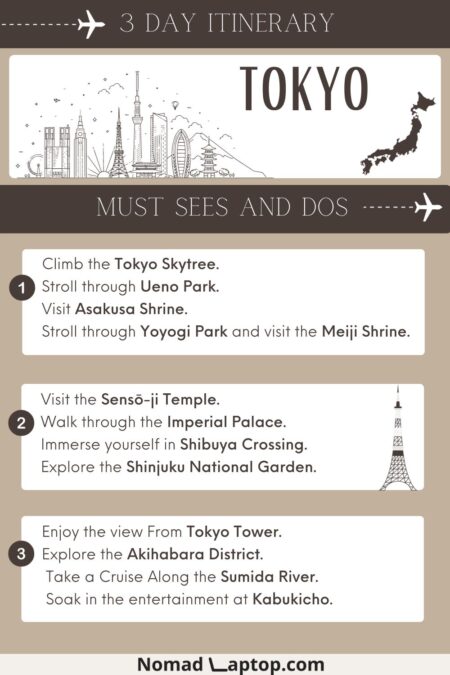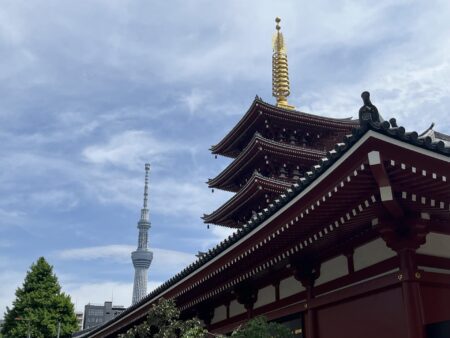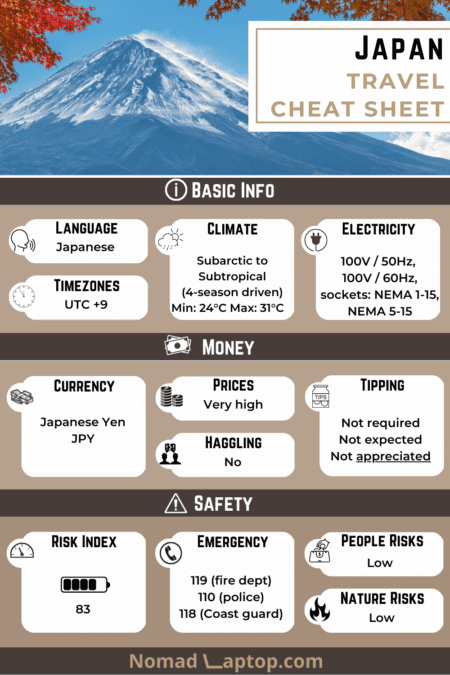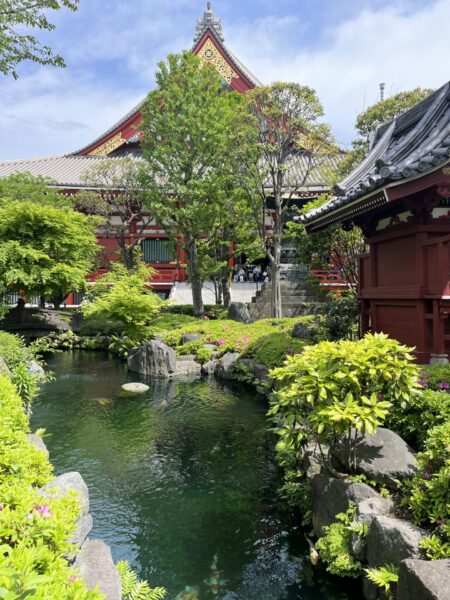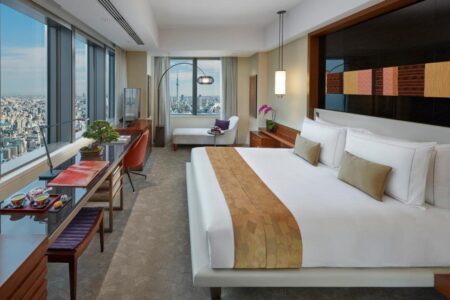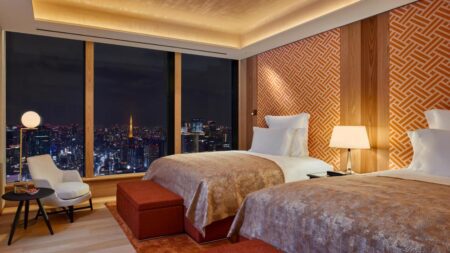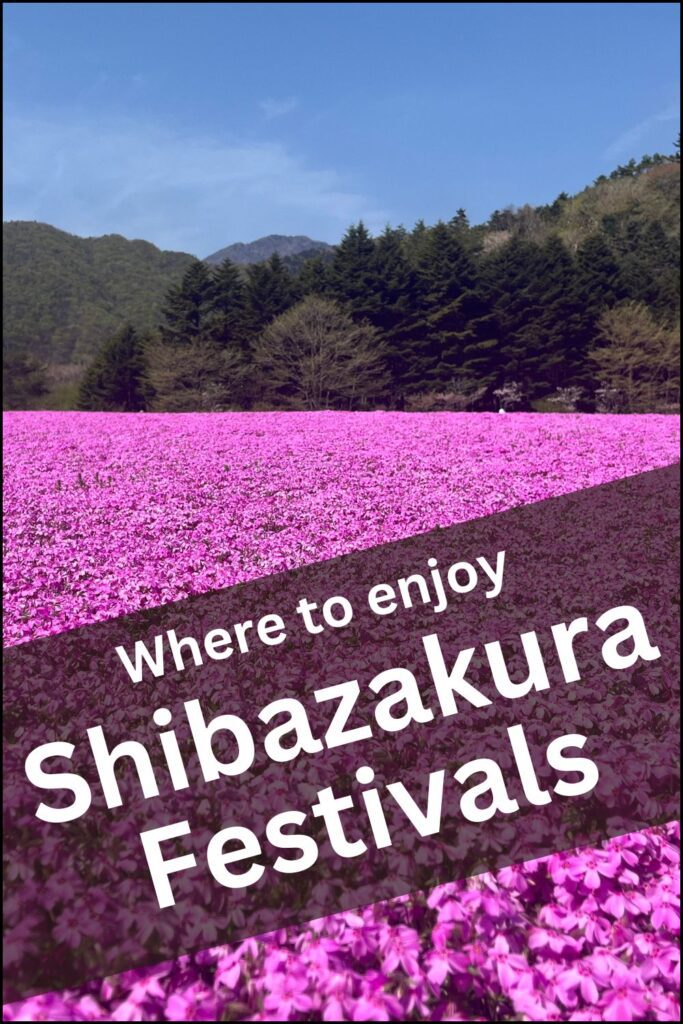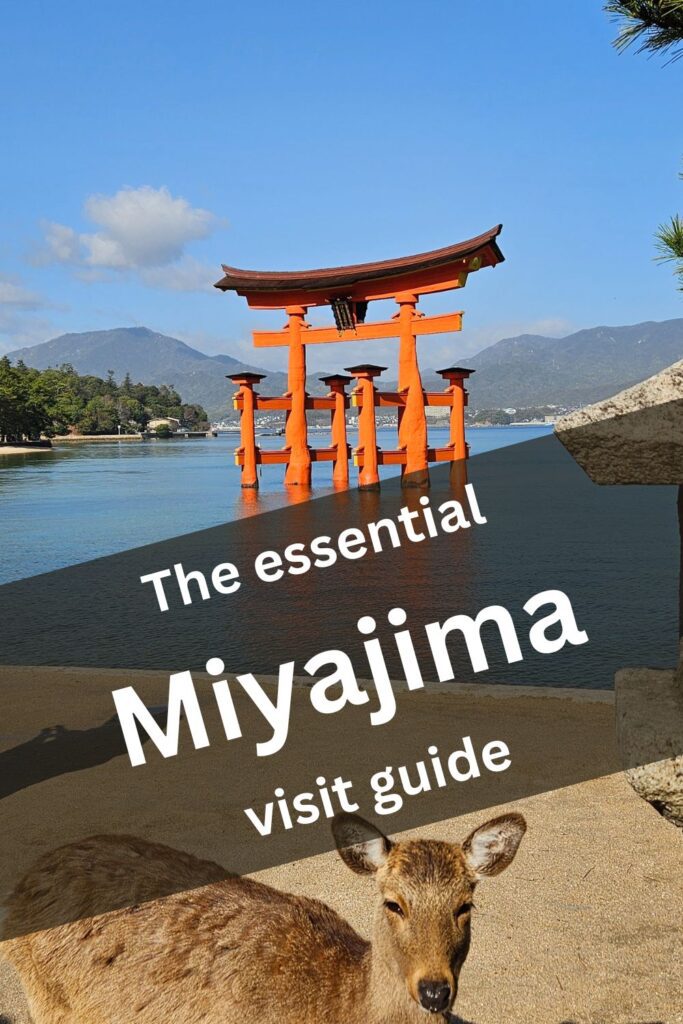Tokyo needs no introduction. The largest city in Japan, with almost 30% of the country’s population living in it, is the most dense and highly populated metropolis on Earth, with almost 40 million inhabitants.
Like other major cities in the country, it is a blend of old and new, with its own unique Japanese twist. The city feels recognizable yet alien at the same time.
Tokyo is divided into separate cities, each offering and catering to different interests, with areas such as Ginza being the high-end shopping district and Shinjuku and Shibuya being the main central and chaotic transit hubs and entertainment districts. Asakusa is the old traditional district, and south towards the Chuo and Koto City districts, one can see the sprawling harbor and bridges that make up this economic powerhouse.

When it comes to city architecture and town planning, Tokyo remains unique. It is a city stacked on top of itself, offering both large transit hubs to accommodate the immense population and small localized areas that can be traversed on foot and lived in, feeling like small towns.
There are also many quirks and peculiarities when it comes to visiting it, such as the almost eerie silence, the orderly queues in front of smoking areas, the renowned total absence of trash cans, and of course the blinding neon lights illuminating every nook and cranny of the city center.
Given its vastness and importance, one can never fully explore Tokyo and only lose oneself in one of its cities. Explore it, be amazed, and leave, knowing that so much is still hiding under the surface of this amazing center of human life.
Travelogue
Day 3

Despite this article being about how to spend a weekend, I stayed a couple of weeks in Tokyo. Initially, when I arrived for my “Sakura blossom hunt”, I stayed only a couple of days and even if the weather was not the best, I managed to see some popular cherry tree viewing sites and festivals such as Ueno Park, Yoyogi Park and the Imperial Palace (check out thìs article on the best sakura spots which clearly also includes Tokyo)
When I returned a month after, I stayed for about a week and visited Pokemon Centers, museums (with the most notable being the Artizon musuem which has an impressive collection of western modern art pieces) and enjoyed the many gardens, temples and shrines.
Tokyo has this unique quality to it of feeling like a massive Asian mega-city but at the same time of being small, with neighborhoods and small pedestrian streets right beside the large avenues. Urbnistically in fact it feels like everything is stacked on to itself and like there is always a new layer to peel off in this infinite city.
Japan Info & Stats
- Language: Japanese
- Timezone: UTC +9
- Political System: Parliamentary constitutional monarchy
- Ethic Groups: Japanese 98.5%, Koreans 0.5%, Chinese 0.4%, other 0.6%
- Religions: Shinto 48.6%, Buddhist 46.3%, 1% Christian, 4% other
- Credit Cards: Credit cards are widely accepted
- Electricity: 100 volt / 50 hertz and 100 volt / 60 hertz (NEMA 1-15, NEMA 5-15)
- Haggling Culture: Not common
Weather
Tokyo has the normal four seasons, which in Japan are pronounced and characteristic, with the additional rainy season between May and June before the start of summer. In spring, the weather is at its best, with enjoyable days and evenings and a dry climate. After the rainy season, summer strongly increases the temperatures, bringing them into the high thirties, coupled with heavy humidity. It is arguably the worst time to visit the city and most of the country in general.
Autumn is another favorite season, with its fall colors and cooler but enjoyable temperatures. Japan is subject to typhoons during this season, but Tokyo is rarely impacted. Winter has acceptable average temperatures ranging from 0 to 10°C. Snowfall in Tokyo is rare.
Money
The currency is the Japanese Yen (JPY).
The real-time exchange rate from US dollars is: 143 JPY
Credit cards are widely accepted everywhere. Digital (phone-based) payments are actually even more common. ATMs are widely distributed around the city.
Prices: Japan is expensive, and Tokyo is no different. Being one of, if not the top, city destinations in the country for tourists, some areas are even more expensive. According to the Mercer Cost of Living City Ranking (updated 2024), Tokyo ranks 49th worldwide in terms of most expensive cities to live in (in 2023, it ranked 19th)
Tipping: Japan has no tipping culture whatsoever, and it is actually considered offensive to tip in restaurants. Always pay the exact amount required or expect to receive change.
Entry Requirements
Japan has distinct visa requirements based on country of origin and citizenship.
Click the map to see details on visa requirements for each country
Alternatively, input your passport citizenship and quickly see the requirements that apply to you:
Getting around
One word. Public transport, specifically the metro and train system, is stellar. Tokyo is the largest and most populated city on Earth, but all areas are perfectly connected. The basic fare is 180 JPY, and the Japan Rail Pass works on one of the main lines: the Yamanote line.
Taxis are also commonplace and are more used than other ride-sharing transports, such as Uber or its Asian counterpart, Grab. For taxis, the JapanTaxi app is the equivalent of Uber or Grab, but hailing taxis on the street is also feasible.
Walking short distances is also doable and enjoyable because of the urban structure of central Tokyo, which is somewhat based on stacking, with many small sprawling pedestrian roads with shops, restaurants, etc. besides the main road arteries.
Driving in Japan is on the right side, and the traffic is very “toned down and respectful” with small cars, allowing easy navigation.
Safety
Safety: Despite its immense area, Tokyo is one of the safest cities in the world. The feeling of safety is actually so strong that it “stands out”. Usually, it is the opposite, when there is a feeling of risk, but in Tokyo, order, silence on the streets, and control make it feel very safe. For example, it is a city where the norm is to see single women walking everywhere, which shows the extent of the safety feeling that pervades the city.
Emergencies numbers: 119 (fire department), 110 (police), 118 (coast guard)
Tips & Impressions
- The silence. The public manners of Japanese people are well known, for example, the absence of any cellphone talking in metros or trains or on the streets, but it goes even further. I often stopped in the street to observe the hundreds of people walking and was almost shocked by the general silence that pervaded the streets.
- As stated above, despite its immense size and population, the myriad of cars and especially people go about in an extremely orderly fashion and give an impression of almost being in a small town at times.
- This extreme order and following of rules can be quite jarring. For example, I am a smoker and was surprised by the queues in front of the (very rare) enclosed smoking areas. Also in these areas, people are supposed to be standing in their own designated spots, often looking towards the wall. All this was because of Covid-19 measures but still, the general “love” for queues (in the sense of how commonplace they are) that the Japanese have is profound. It works wonderfully in subway stations but also here can have drawbacks like for example squeezing through a crowd on the metro because it is your stop, is met with a slight dismay as you should have prepared earlier and have been in your orderly queue.
- I didn’t experience much of this in Tokyo but the restaurant policies are sometimes jarring. Owners will approach you when entering saying they are closed or full when no one or very few people are inside. This is because of several factors, from not wanting too many crowds, to having a limited number of ingredients, to also not wanting “difficult” foreign visitors to deal with.
- Also famous is the lack of trash cans in the city (or anywhere in the country for that matter) because of a terrorist attack in 1995. Tokyo and all of Japan are notoriously clean and you will hardly ever find any rubbish lying around. Sometimes without thinking about it though I would get a cup of coffee to go, and find myself dragging it around for hours and hours.
Deals for Tokyo
Where to stay
As soon as I arrived I stayed for two nights at the expensive New Otani Tokyo Garden Tower. The hotel is located right next to the Imperial Palace and the building tower is filled to the brim with restaurants.

When I returned a month after I stayed to the APA Hotel Higashi Shinjuku Kabukicho. All of these words in the name are important since there are other 4 APA hotels in the same area and another APA Hotel Higashi Shinjuku right next to it on a parallel road. Despite bening in the entertainment district of Kabukicho, the hotel is quiet and relaxing.

I then moved to the Ginza district and stayed at Ginza Capital Hotel Akane. Although the hotel is some streets away from the main Ginza shopping streets, the stellar Tokyo metro allows one to move basically anywhere


